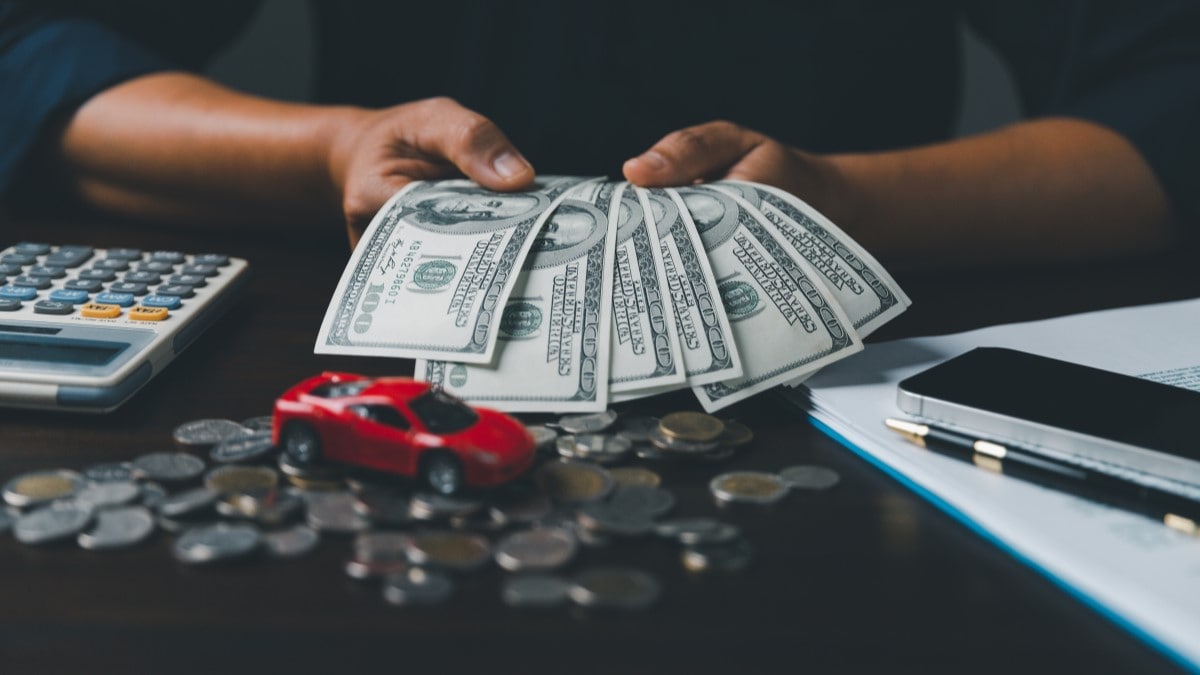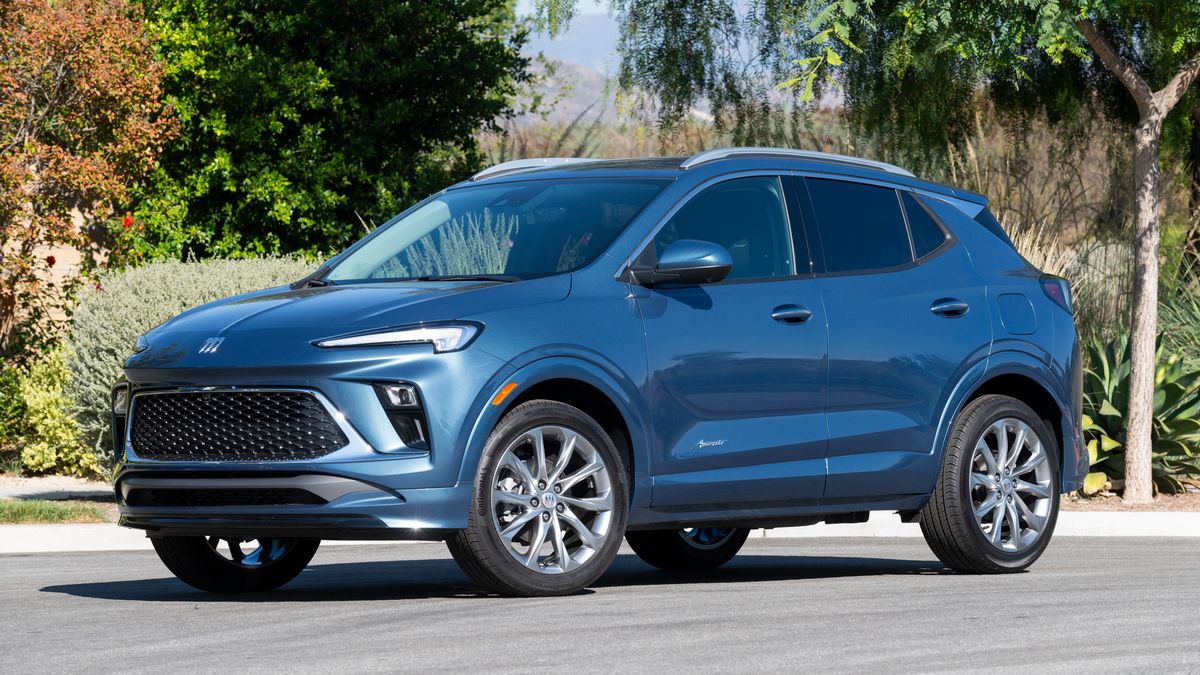The Federal Reserve left rates unchanged yesterday. In a more stable time, you might expect that to mean car loan terms would stay the same for a few more months. But there are other threats to the loan market.
What the Fed Has Done
The Federal Open Market Committee of the United States Federal Reserve, commonly called “the Fed,” controls the interest rate for overnight loans between banks. That rate then governs the calculations banks use to make every other loan, including car loans.
The Fed raised rates repeatedly earlier in the year in an attempt to rein in inflation. It stopped this summer and has left that rate unchanged since July. But that doesn’t mean loan rates are steady.
Conditions Have Improved for Car Shoppers
Car shoppers have seen credit conditions improve. Cars have grown more affordable as the median income improves and new car prices fall. But that progress is fragile.
But Other Factors Are Raising Rates
“While the Fed waits to see how inflation trends, consumers and businesses may see its rates move even higher,” says Cox Automotive Chief Economist Jonathan Smoke.
“Since July, auto loan rates have moved up by about 50 basis points,” Smoke explains. “The average new loan rate almost reached 10% in October, while the average used rate peaked just shy of 14.25%. The average mortgage rate topped 8% in October.”
Why are rates on loans to consumers rising even if the Fed is holding interbank loan rates flat? Because the Treasury Department has also been forced to sell off bonds to fund deficit spending.
“When bond supply exceeds demand, bond prices fall, and yields rise,” Smoke says. So, the Fed can leave rates unchanged and count on loan rates rising anyway. “The Fed is getting more restrictive higher rates while pretending to be patient.”
A Precarious Balance Now
“The economy has resisted a recession thus far, while the auto market has benefitted from pent-up demand,” Smoke says. Wages have grown, and “inflation has come down from troublesome levels last year. With lower prices on new vehicles and depreciation returning to used vehicles, affordability has modestly improved despite higher rates.”
But Smoke worries that continued bond sales — what economists call “quantitative tightening,” or QT — threaten that progress. “If we do see rates rise by another 0.5% to 1% caused in part by continued QT, the Fed risks sending the U.S. economy into recession, resulting in job losses. Next year’s auto market depends more on that than on short-term rate policy,” he says.








